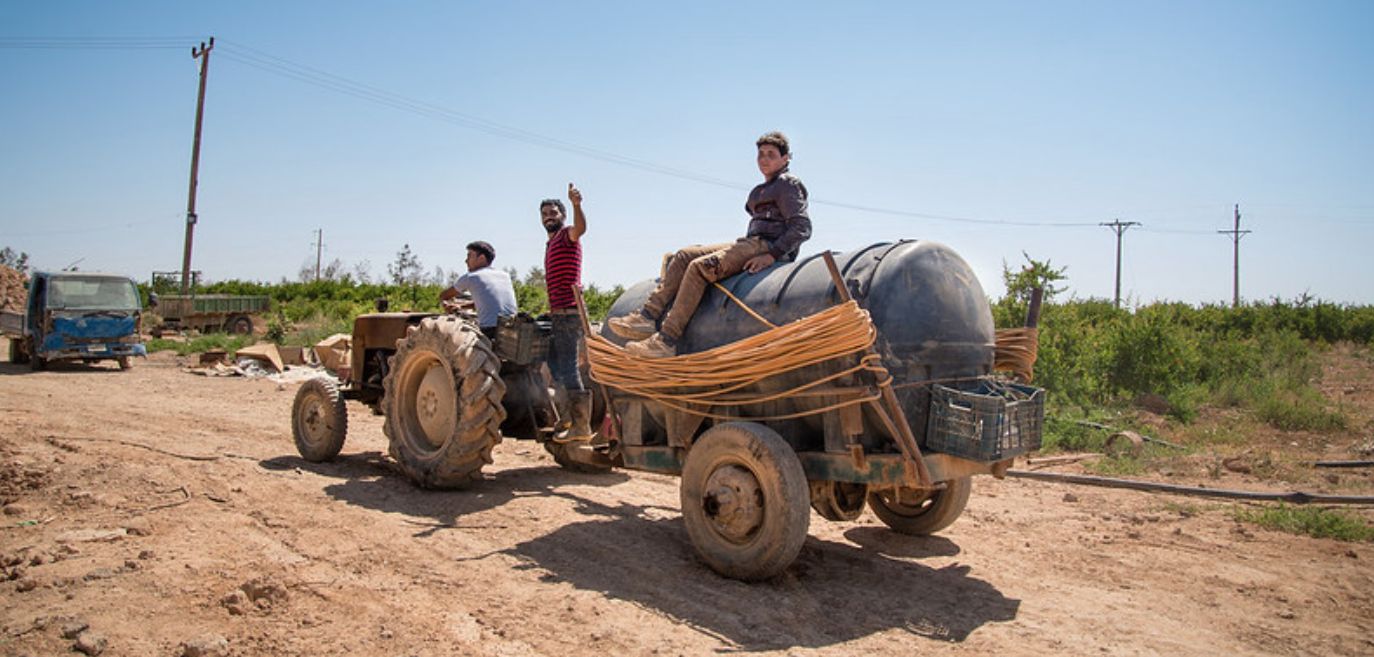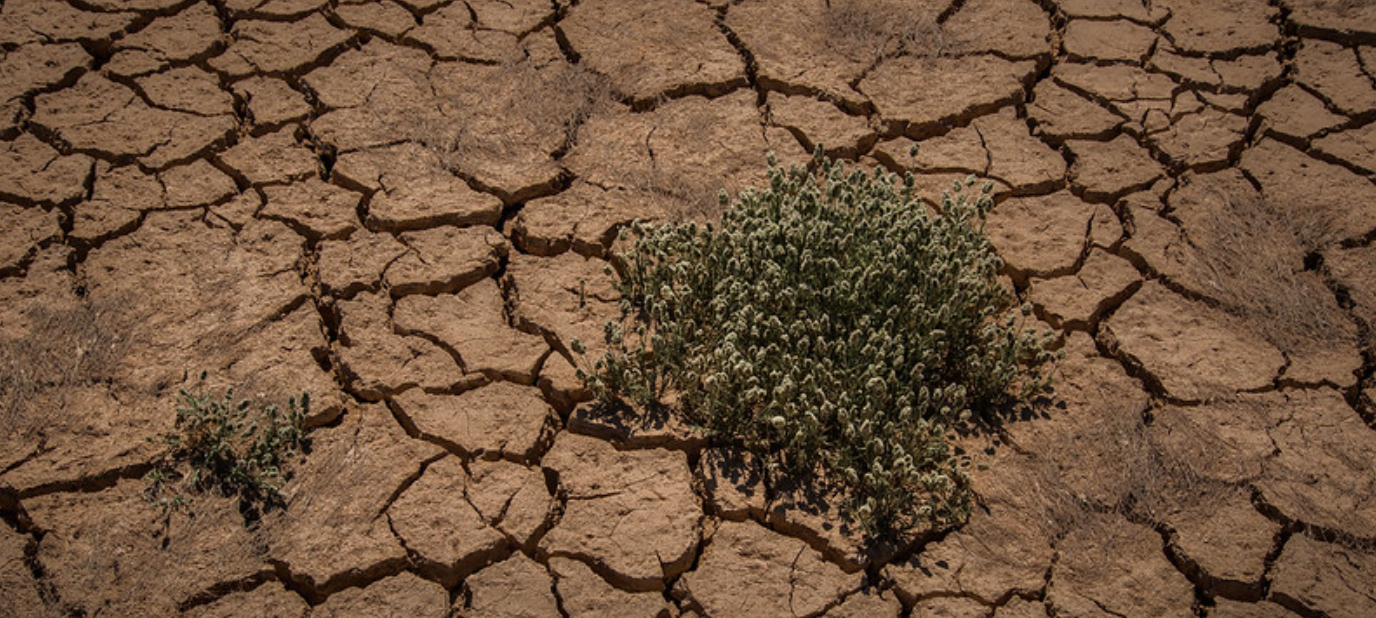The Challenge:

With only 2% of the world’s renewable water supplies, the Middle East and North Africa (MENA) is the driest region in the world. It is home to 12 of most water-scarce countries and has an average water availability of 1,200 cubic meters per person a year, roughly 6 times below the global average. Droughts thus hit hard and these climate shocks, on top of population growth and economic changes, are putting massive pressure on these precious, fast-depleting resources. With soaring temperatures and evaporation rates and estimates from climate experts that precipitation could decrease by 20% across the region, challenges to water and nutrition security are extreme. Over the last decade, drought episodes have increased in frequency and severity, and have spread over larger areas of territory, bringing misery and suffering to some of the region’s most vulnerable communities. These droughts challenge the advances made in economic growth, health and human development.
MENAdrought’s Objective:

Developing integrated drought management and planning is an important step in the effective disaster risk reduction. However, in the MENA region, such planning is mostly absent leading to a more crisis-led response when these climate shocks occur. To remedy this, MENAdrought is working hand in hand with government officials and policy makers in Morocco, Lebanon and Jordan to deploy various tools to predict, prepare for, respond to and mitigate drought impacts at the country level. Funded by USAID Middle East Bureau, the project’s objective is to support the three countries build self-reliance in managing droughts impacts on water and food security, and so limit the social and economic losses resulting from these events.
Droughts are by nature unique, local and subjective. The way they are experienced, absorbed and mitigated is largely country specific. The environmental, economic and social settings, alongside the political and financial conditions of governments and businesses, all influence how droughts may be managed within a country. These different environments are being reflected in the planning and management solutions being developed for Jordan, Morocco and Lebanon, ensuring the various responses are fascinatingly unique.






